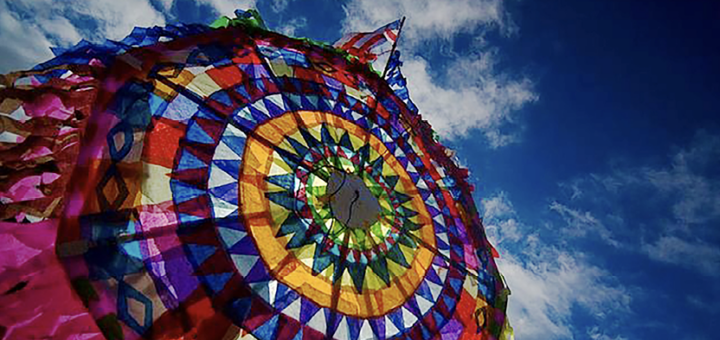A Haunted History: Halloween’s roots and rituals around the world

By Emma Marshall, Staff Writer
When you think of Halloween, what comes to your mind first? Is it the candy, the costumes, or the scary movie marathons? This is what western Halloween is boiled down to today. However, the history of this holiday has been interpreted in different ways throughout the years.
The origin of this day traces back to the lives of ancient Celtics in various parts of Europe around 2,500 years ago. Many academics have agreed that Halloween can be connected to their ancient festival, Samhain, which was celebrated at the end of every harvest season. Ancient Celts believed that the barriers between worlds were broken down during this time, and they would sacrifice cattle, light bonfires, and dress in animal skins as a way to maintain peace with the gods.
After Christian influence took over pagan communities, Samhain was rebranded to ‘All Hallows Eve’ and shared many of the former pagan traditions. This holiday was introduced to America by early Irish immigrants who brought their traditions across seas. From there, Halloween was made into what it is today in parts of Europe and North America. With costumes to ward off spirits, sweet treats in celebration of bounty and jack-o-lanterns to light the night, it is one of the most widely celebrated holidays in western culture.
Similarly, in Latin America and Spain, on Oct. 31 kids will go trick-or-treating, but not for the same reasons as Americans. This trick-or-treating is to prepare for el Día de los Muertos, or Day of the Dead, which is a holiday that takes place on Nov. 1 and 2. It is believed that the barrier between worlds dissolves on this day and loved ones are able to reconnect with the deceased.
It is largely misconceived that el Día de los Muertos is a Latin version of Halloween, and while there are similarities, the origin and practices are not the same. This holiday is celebrated to show respect for lost loved ones, and people often wear traditional makeup and outfits — parading, singing, dancing and even making offerings.
The themes of death and afterlife can be seen in many other interpretations of this holiday. In Guatemala, Barriletes Gigantes, also known as ‘giant kites festival’, takes place at the beginning of November. Hand-painted kites are flown over the graves of loved ones as a way to connect the living and the dead.
As one of the oldest celebrated holidays, Halloween is recognized globally as a time to reconnect with deceased loved ones and protect one another from spirits of the afterlife.




